Traveling off-road or back roads is often a necessity for paddlers to get to those hard to reach or too-far-to-walk access points. Where the pavement ends the adventure begins. These are the nine rules of shuttle driving to keep in mind next time the job falls to you.
The Ultimate Guide To Driving Shuttle
1 Be prepared
If you have 4×4, know how to engage and disengage it. Pack along towing equipment and shovels, a cell phone, snack, buddy and comfortable shoes. Just in case.
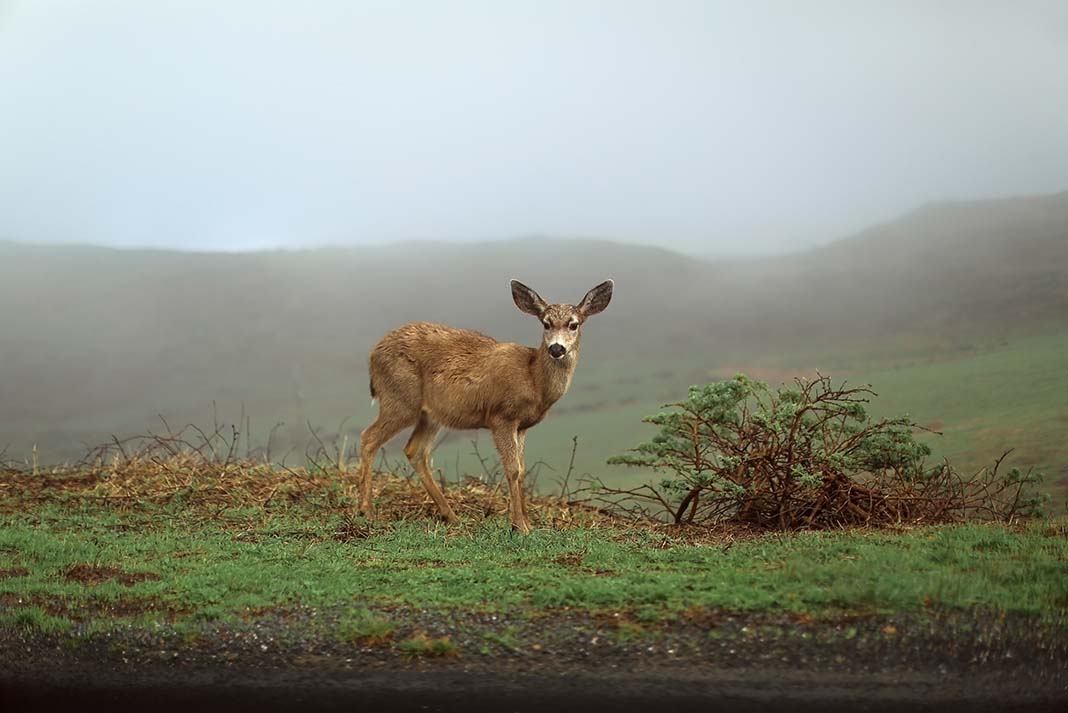
2 Know When to Swerve
Swerving to avoid wild animals results in thousands of accidents each year. Swerve only to avoid animals that will hurt you in a collision, like moose, elk, deer and bear. Otherwise, wince and keep your fingers crossed for the little fellow, but motor on. Sorry, Peter Rabbit!
3 Watch for Logging Trucks
Logging operations are often the reason there’s a dirt road in the middle of nowhere in the first place. Be vigilant for logging trucks, and approach blind corners and hill tops with caution. Carry and use radios where required to do so.
4 Avoid Mud
The best way to tackle mud while driving shuttle is to avoid it. Work the edges instead of plowing through the middle. Successfully cross muddy sections by picking a straight course and entering with momentum and maintaining it. Enough so you don’t get bogged down and need to apply more power which will create tire spin, but not so much momentum you can’t maintain your desired course.
5 Assess Water Hazards
Assess water hazards by sending in a walking probe. If the water is too deep or moving too fast to send in a walker, don’t drive into it. Whether your vehicle will power through a hood-deep river crossing or get hung up in a foot-deep puddle of water is dependent on make and model, and the terrain under the water. Don’t say we didn’t warn you.
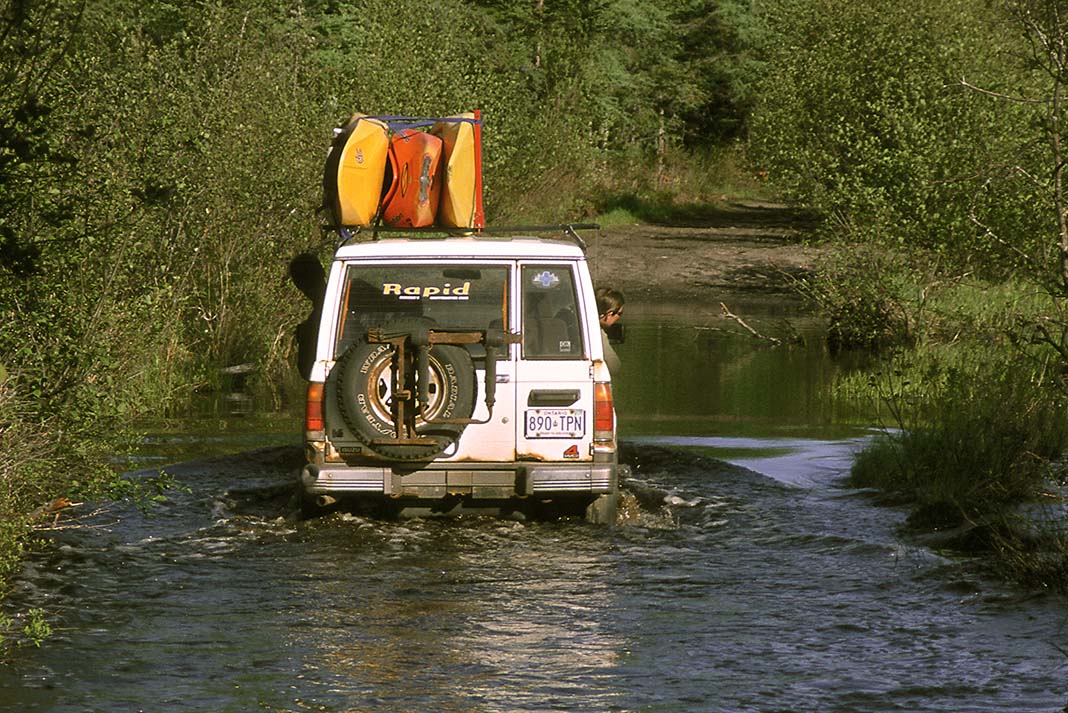
6 Use a Lower Gear
Attempt uphills with roots, rocks and ruts in a lower gear and lower speeds but with enough momentum to crawl from one feature to another without wheel spin. If you can’t make it without wheel spin, you should be finding another route to the river. The rule of thumb is to travel down a hill in the same gear you would use to climb it. Engage 4×4 before you begin crawling up or down.
7 Avoid Washboards
Washboards are the most annoying shuttle road hazard. They impair steering and braking because your suspension can’t keep up to the bouncing to keep the rubber on the road. Getting one side of the vehicle to stop shuddering will double your control. Hit the washboard slightly off center so left and right wheels and front or both back wheels are not in the same rut or in the air at the same time.
8 Drive Slowly!
Exposed rocks and roots present a hazard to the underside of your vehicle. Drive slowly. Sliding over is better than smashing into. It’s okay to unload passengers for a section, taking out six hundred pounds of weight raises your clearance significantly—it’s your car, make them walk a few hundred yards.
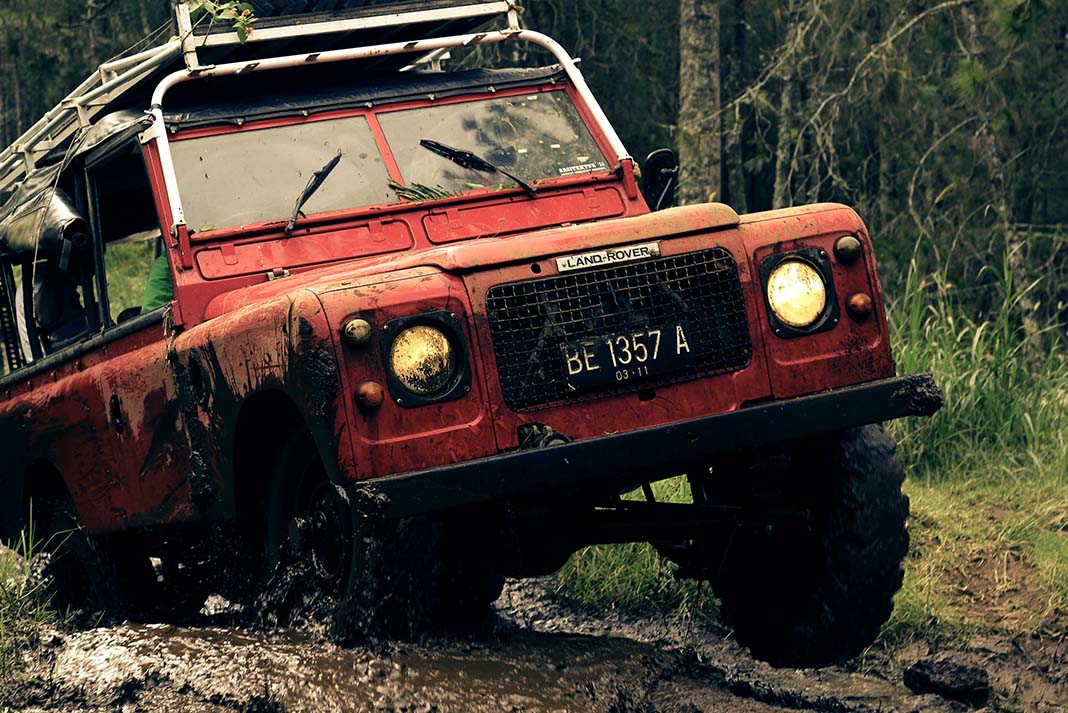
9 Call Chuck
Call AAA or CAA and you’ll discover they do not respond to calls on non-serviced roads—roads not maintained by township or city road departments. This leaves you hiking out to find a guy named Chuck who owns a 4×4. Unlike AAA or CAA, Chuck is happy to help and requires no annual membership, but would appreciate a case of PBR on your next trip through. Chuck is, of course, all too keen to pull out dumb paddlers. Towing is the last step for all rescue protocols. Dig, push, rock it, and dig more before you let Chuck haul out the chains.
This article originally appeared in Paddling Magazine Issue 65. Subscribe to Paddling Magazine’s print and digital editions here, or download the Paddling Magazine app and browse the digital archives here.
“I think we’re going to make it!” | Feature photo: Scott MacGregor


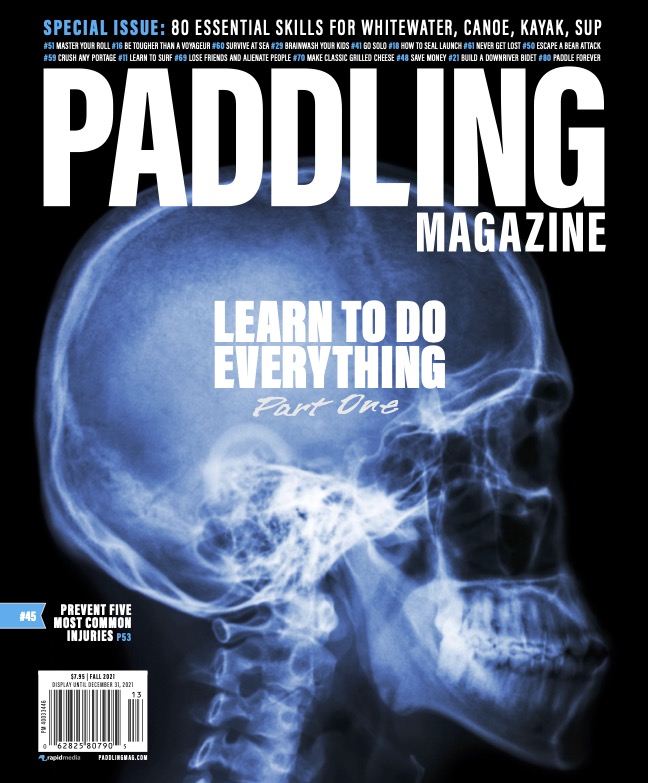


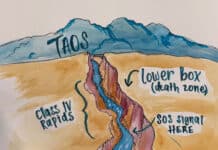




Don’t sit there spinning your wheels. 5 minutes of shoveling and pushing can save you hours. I once saw a group of people stuck in their own driveway. They had pulled too far forward and the front tires were in the mud. They spun their wheels so long the frame was sitting on the ground and they ran out of gas. Had to get a tow truck to get out.